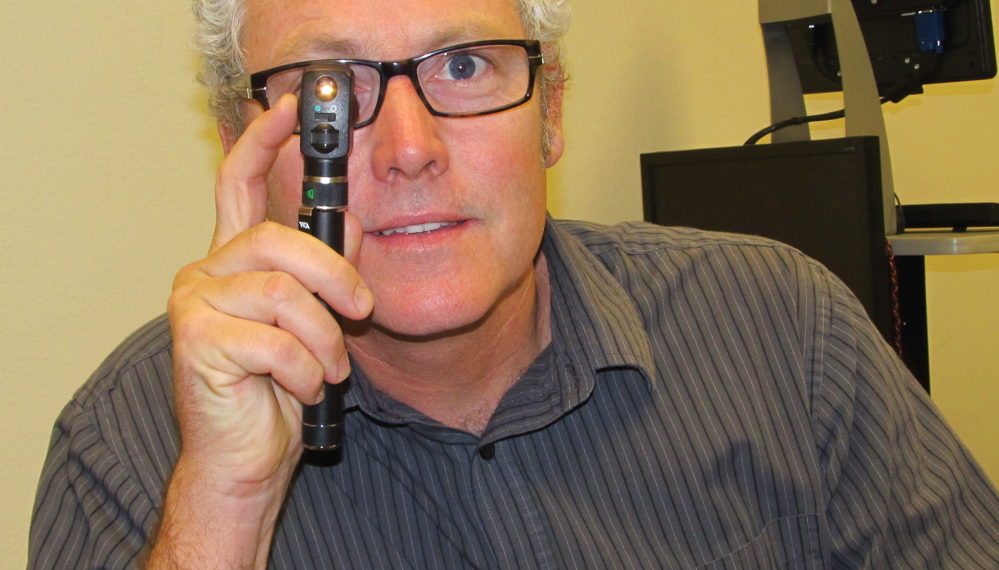President’s Insights November 2020
This November has been National Diabetes Month in the United States and November 14th was World Diabetes Day. This is a great time to focus on diabetes and how it affects the lives and vision of our patients.
As vision volunteers and optometrists, we know that diabetes adversely affects the small blood vessels in the human body, and there are a lot of small blood vessels in the retina. In fact, the retina is the one unique place in the body where we can get a real-time glimpse at the small blood vessels in action. Either through dilation of the pupil and looking in with a lens or using a non-mydriatic camera we can see the retina at work. Poorly controlled or uncontrolled diabetes will cause micro-aneurysms, leaking capillaries, and retinal hemorrhage leading to visual impairment and blindness if not prevented or treated.
Perhaps even more importantly, if the retina is in trouble, the brain, heart, kidneys, and peripheral vasculature in the feet will also be in trouble. So, in this way, the eyes truly give a privileged and unique insight into the health of the rest of the body.
We know that blood sugars can be dangerously high even when the patient feels fine. Many people with diabetes can be quite unaware of the risk of poorly controlled diabetes until they visit an eye clinic when the retinal changes are detected. In that way, a vision care volunteer or optometrist might be the first health care provider to come into contact with a person with diabetes. It is important to educate the patient about the risks of diabetes along with a trusted family member to assist in diabetes prevention. This is a wonderful opportunity to interact with other health care providers such as health promoters (promotoras), dieticians, nurses, primary care physicians, and internists to help make lifestyle and nutrition changes for the better.
The World Health Organization’s World Report on Vision shows that diabetic retinopathy is responsible for the blindness or visually impairment in at least 3 million people worldwide. Uncorrected refractive error and cataracts cause the most visual impairment and blindness, that is true, but while examining the eyes it is important identify all risks to the eyes and vision, and diabetic retinopathy is something we would not want to miss. It’s also important to remember that poorly controlled diabetes is a major risk factor for posterior sub-capsular cataracts, so be on the lookout for this special type of cataract. We recommend an annual eye exam for all people with diabetes because it is much better to prevent eye disease, when possible, and treat the effects of diabetes in the eye early rather than later.
For more information on diabetes and its effects, or how to prevent diabetes, please see these sources of information.
https://www.who.int/publications/i/item/world-report-on-vision
J. Daniel Twelker, OD, PhD, FAAO, FVI
President, VOSH/International

